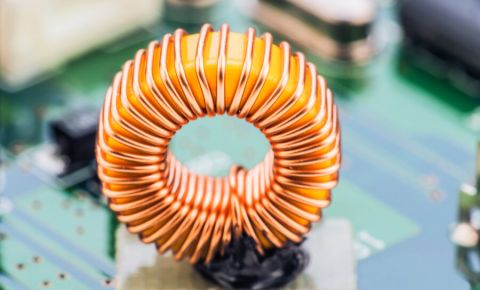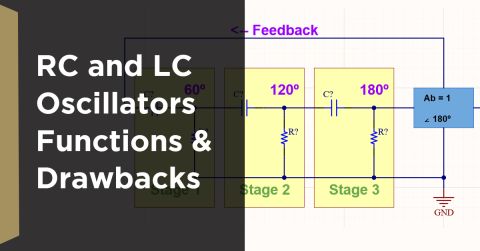The Art of Selecting Connectors
Connectors are the unsung stars of both a product and its hardware development. Any Apple user knows the romantic tale the company has spun from infatuation with the first magnetic power connector through the betrayal of the 3.5mm jack to today’s ‘it’s complicated’ status thanks to the baggage their dongles create in pursuit of beauty.
Product developers have similar emotional experiences with their prototypes. An unreliable connector that has exceeded its insertion or flex rating during testing can cost days of troubleshooting. Manually crimping or soldering contacts is annoying and sometimes ineffective all because nobody will buy a $1,500 tool to crimp 10 prototype wires. And then, there’s the supply chain woes and knock-offs of questionable quality to battle. Thinking about connectorization early without getting prematurely attached to a specific connector pays dividends for the life of the product.
Creating a Vision for Connectors
Connector selection is often assumed to be a simple and quick matter on project Gantt charts – no more difficult than picking an LDO voltage regulator. In reality, it is a collaborative effort between the electrical, mechanical, and UI developers with a dozen variables to weigh which can’t all be evaluated using a spec sheet. As with any project, building a target vision early is critical. Some typical questions to ask would be:
- How big should it be?
- How should it feel when inserted/removed?
- What kind of abuse will be expected from typical, if unintended, use?
- What shape is acceptable for both the plug and receptacle?
- What is the environment? Does it need to be dust resistant, vibration resistant, or water resistant?
- How much voltage and current will it carry?
- How long does the connector need to last in the field?
- Is there an existing standard that the customer would prefer to use or that the company would like to prevent the use of?
- What is the physical routing of the associated wire?
Start The Connector Search
With a vision set, a set of contenders needs to be identified. The best way to go forward is to flip through a catalog (if they are found) to see what is out there and what the terminology is used to describe the types of connectors to consider. Digital catalogs are another solution source, as are vendors’ demo kits and FAEs. In any case, picking from a menu is the easiest starting point. A list of reasonable possibilities can be created based on written electrical and mechanical specs required, such as:
- Voltage rating
- Current rating (including ambient temperature deratings and limits on total connector current)
- Size and shape
- Shrouds and locks and keys
- Environmental egress and vibration protection specs
- Plating and underplating materials and thicknesses (this is a science unto itself and cannot be ignored)
- Insertion rating
- Mechanical stability (SMT or through-hole or panel mounting)
Anything on that list or that could be even close, should then be purchased so everyone on the team can test out the connectors in person. This includes the entire connector system – the header, the contact, the housing, different variants with shrouds/locks, etc… It is often that a team won’t know what they need until they see it. After all, connectors live and die based on real-life ‘feel.’ It is also possible that nothing feels right and the team needs to go back to the drawing board. This is where visits from vendors and sales engineers can be particularly helpful since the team will have an idea of what is, and is not good.
Picking The Best Connector
With a short-list of connector systems defined, it’s helpful to consider other secondary aspects of the decision not related to the connector itself:
- What does the supply chain look like?
- Are there pre-crimped wires that can be bought for prototyping and early production?
- How common is this connector, and is that helpful or not?
- Can the connector be used elsewhere in the design? If so, can the risk of the connectors going into the wrong receptacle be limited and/or acceptable?
- Does the selected contract manufacturer have the tooling for the connector system?
Note that a given connector may produce all ‘wrong’ answers from this secondary list, but if it’s the only one that can do the job, it may still be the ‘right’ choice. Similar to how a space rocket is nothing but expense and risk and hassle, that is until it puts mankind on the moon.
Blending together the performance, appearance, and feel of a connector system is truly an art of understated opulence. Design teams should celebrate that the highest praise of a connector is being so seamless that its use goes unnoticed.
Would you like to find out more about how Altium can help you with your next PCB design? Talk to an expert at Altium or read on about modeling and placing connectors within Altium Designer®.











